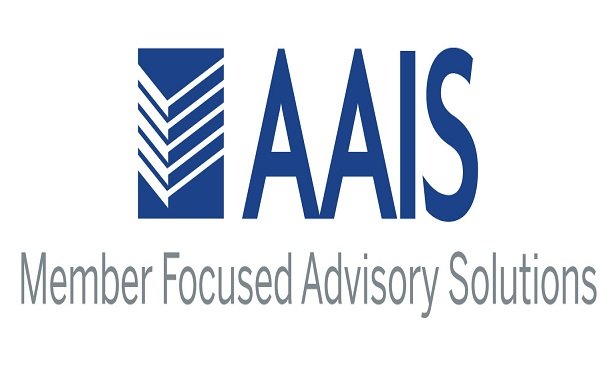NU Online News Service, Aug. 10, 12:00 p.m.EST
|ATLANTA—The deadline for states to achieve certification fortheir health-insurance exchanges is fast approaching, butregulators say the lack of rules and guidance from Washington isholding up the process.
|In two days of discussions on the implementation of the PatientProtection and Affordable Care Act during the National Associationof Insurance Commissioners' Summer National Meeting held here,regulators and NAIC staff cited delays they are experiencingbecause Health and Human Services has yet to complete itsrulemaking process that will govern the exchanges.
|NAIC representatives emphasized they were not looking to pointfingers, but noted that the delays are making it difficult forstates to move ahead.
|Officials say they have three avenues to choose from:
- A state-based exchange built from scratch.
- A federal exchange where the government facilitateshealthcare-insurance choices for employers and individuals.
- A blended plan utilizing federal and state resources toimplement health-insurance purchasing.
Jeremiah Samples, insurance program manager for West Virginia,said before any decision is made, it is important to understand thecosts involved in a federal program, but he noted that such ananalysis is not possible until HHS issues the rules.
|A state could move ahead with implementation, he added, but itwould be a huge problem to “unplug” the program if other programsare found to be more cost effective.
|“It is critical to get this right in the beginning,” saidSamples. He said it is necessary “to ask the questions now and notlater.”
|Martin Swanson, assistant project director for the NebraskaInsurance Department, said there are some 200 instances ofrulemaking that the state is waiting on before it can make aneducated decision on what to implement.
|He said the only decision that has been made is that whateverform the exchange takes, it will be housed in the state's insurancedepartment
|Swanson went on to say that there are many component healthcareprograms that need to be integrated into the exchanges, includingMedicaid, which he said is a whole different system from otherhealth programs. Information from federal counterparts on how thatwould fit into an exchange program is vital to making the systemcohesive.
|“We encourage our federal friends to get us ananswer as soon as possible,” he stated.
|Herb Olson, legal counsel for the state of Rhode Island Officeof the Health Insurance Commission, said his state is moving ahead“full tilt” with implementation of its exchange, including theappointment of a new director of Health Benefits Exchange,Christine Ferguson.
|However, Olson said rulemaking finalization is essential todeveloping “regulatory alignment,” and getting decisions right thefirst time so states do not lose good health programs they havedeveloped that do not fit into the PPACA. He also warned of afragmented system of regulation if regulations are not developedproperly.
|Attempting to address some of the regulators' concerns, TimHill, deputy director for the Center for Consumer Information andInsurance Oversight, a part of the Centers for Medicare andMedicaid Services, said HHS wants the states to be “in thisprocess.”
|He said, “We want to meet the states where it is comfortable forthem,” adding the federal government does not want to be thereferee over the state health exchange markets.
|Addressing the transmission of data between State and federaldepartments, Julienne Fritz, an NAIC staff member, discussed thestatus of SERFF (System for Electronic Rate and Form Filing), andits role of facilitating information between state and federaloffices. She said the goal of having a common database fortransmission between the parties cannot be completed until HHSpublishes the rules.
|A full-day discussion on SERFF on Thursday established thatthere is little consensus on what direction most states are goingin, and that there is a lot of anxiety as regulators and insuranceproviders move forward.
|Said one participant on Thursday after a breakout session, theonly consensus that regulators and providers could come to is, “Weare all scared spit-less.”
Want to continue reading?
Become a Free PropertyCasualty360 Digital Reader
Your access to unlimited PropertyCasualty360 content isn’t changing.
Once you are an ALM digital member, you’ll receive:
- All PropertyCasualty360.com news coverage, best practices, and in-depth analysis.
- Educational webcasts, resources from industry leaders, and informative newsletters.
- Other award-winning websites including BenefitsPRO.com and ThinkAdvisor.com.
Already have an account? Sign In
© 2024 ALM Global, LLC, All Rights Reserved. Request academic re-use from www.copyright.com. All other uses, submit a request to [email protected]. For more information visit Asset & Logo Licensing.








